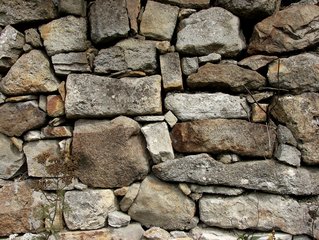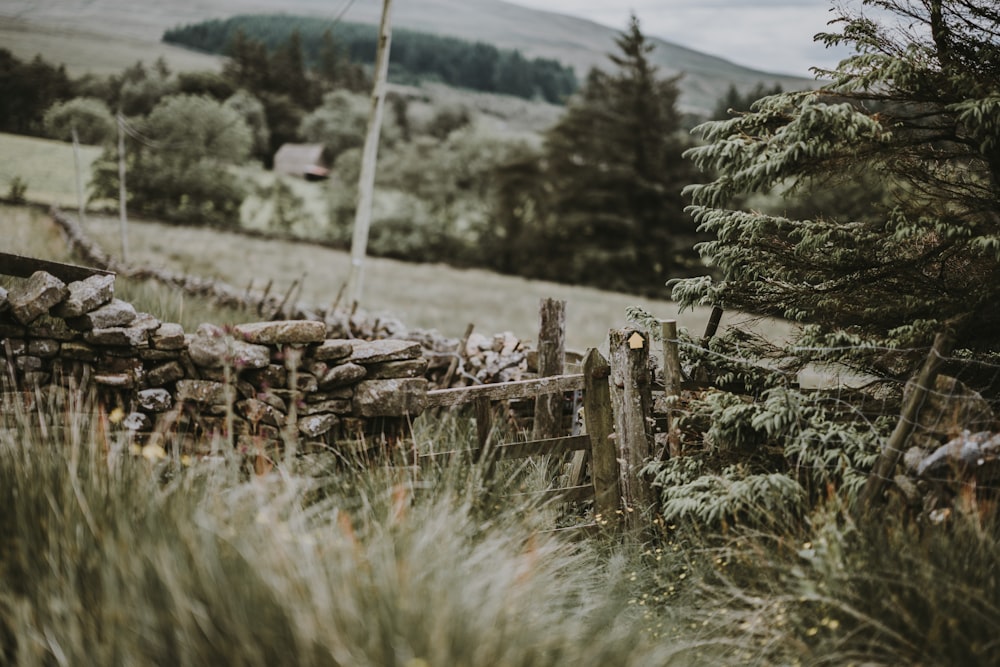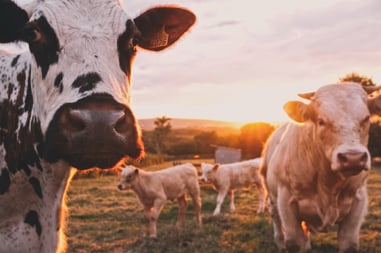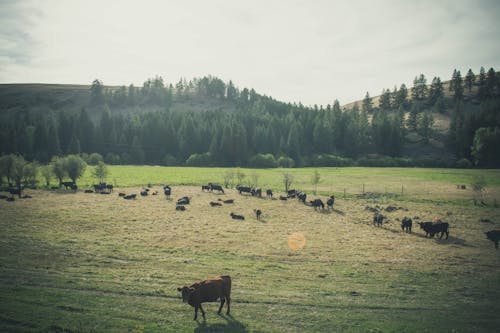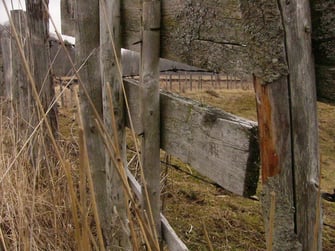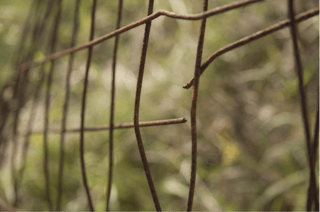Historic Fences Today
In exploring New England, one becomes aware of a continual presence during a hike or looking out a car window. Along the roadways, in forests, in front of homes, farms, and even office parks, stone fences speak silently of earlier times. The immutable evidence of a history of necessity; a result of farming and working the land, now juxtaposed with modernity recalls us to a fledgling nation.
Frost Heaves and Rocks
17th-century settlers created field after field; pulling tree after tree out until the land was 70% deforested. This allowed rocks to become unearthed from a combination of erosion and frost heaves, resulting in piles of rocks hauled to the edges of fields. They were, over the following centuries, laboriously fashioned into the stone fences we see today. This created a distinct line of forest to field. Of similar origins to the field stones of the British Isles, these familiar rocks suited the settlers in New England. Some surmise that the earliest stone fence in New England dates to 1607, most likely it was previous to this date. Ultimately some 240,000 miles of stone fences were erected, peaking in the mid 19th century when industrialization altered the practice.
Rock Lodgings
Stone fences are hives of activity for many types of wildlife--small creatures take refuge in the crevices, spaces, and tunnels. The evidence or tracks of mice, squirrels, chipmunks, minks, and weasels may be noticed in and around. The walls may serve as a system of trails by larger animals or foxes may deposit scat on or around the walls to alert others. As temperatures climb, spiders, worms, and insects use the stonewalls for shelter while tree frogs and snakes take refuge as well--hibernating beneath during the winter months.
Here are some examples of more current stone fence building:
Another Historic Fence: Stacked Rails
Another early fence of note and particular to the practice of the early settlers is the worm fence. A fence, zigzag in

